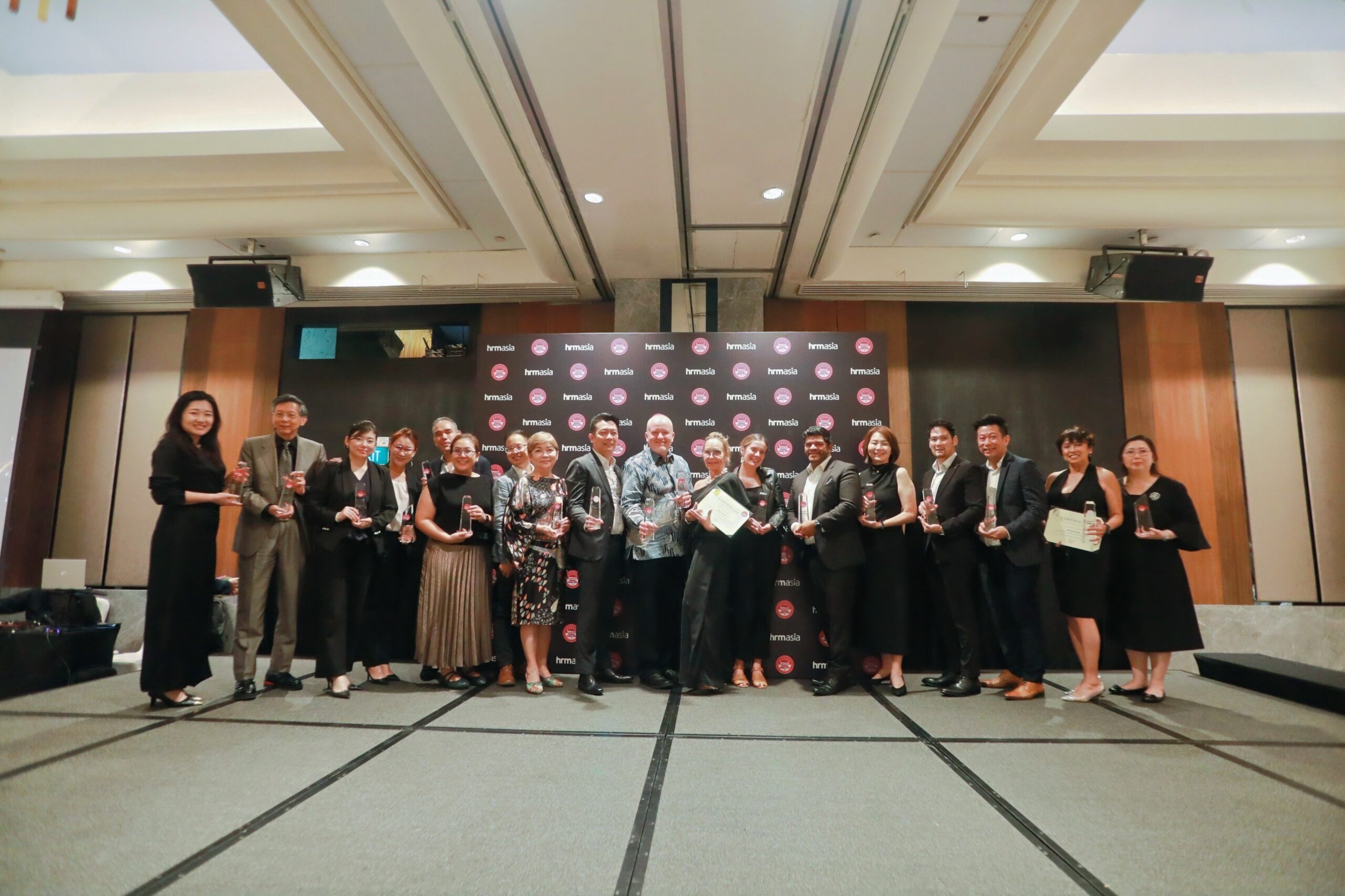Performance Management 2.0
- HRM Asia Newsroom

Is there such a thing as a perfect, one-size-fits-all performance management solution for every employer?
No, there really isn’t. A good performance management system should take a range of factors into account, including the size and business of the company, the types of roles in the workforce, and the risk profile of the organisation.
It should evolve as the organisation evolves as well. It will always be prudent to adopt a more development-centric approach to managing performance.
With that in mind, can you describe the performance management system currently in place at CrimsonLogic?
Our system provides for evaluation of performance on an annual basis, with a mid-year checkpoint that is more focused on development and to further refine goals for the way forward. We set our goals at the start of the financial year, and keep the system open to enable stakeholders to make a timely update in case of changes, especially in projects assigned. All permanent employees are covered (there are over 800 at the moment).
There are ratings (out of five) attached to each employee, but managers do not need to fit people into a given curve. The ratings are tied to recognition and variable compensation, with higher-ranked performance attracting larger individual bonuses.
Is this the ideal solution moving forward?
No. In fact, we are going through a transition with our system at the moment. This is not because we are following a trend, but comes after having considered all the issues – including staff development, recognition platforms, and succession planning, very carefully.
Where is this transition leading CrimsonLogic?
We are looking to see how we can transition into a non-rating system in the 2019 financial year, when our people have adapted to a feedback system which we’ve been institutionalising for two years now.
Qualitative peer reviews are now part of our process, as is manager review feedback from team members, but we want to make these the backbone of performance management moving forward.
In the perfected version, this feedback will be more timely and more regular. Managers will be meeting one-on-one with each of their direct reports at least once a month. As well as performance, these conversations will kick-start a consistent development dialogue, through which training needs and gaps can be identified and suitable opportunities arranged.
Coaching will also be a major focus – and all managers will be expected to be a coach to their staff. They will have had coaching capabilities developed through their own feedback sessions with their supervisors.
Have you encountered any challenges or roadblocks in this transition?
Factoring recognition and rewards into the system is taking a lot of work. We have hired a compensation and benefits consultant to help us iron out the details so that the programme is appropriately incentivised while still having economic value.
We will most likely move toward a pool system for bonuses and variable pay components. In this, managers would be responsible for allocating portions to each employee based on their performance over the year. This is much easier to do with hard ratings for each employee, but is still possible and worthwhile when performance management is more qualitative in nature.
You will be presenting at the Performance Management Innovation Congress in September. What will audiences take away from the CrimsonLogic case study?
Performance management is such a complex and fast-changing world. I’ll be sharing how the HR team carefully considered the priorities for the system, identified where change was necessary, and the steps that went into executing the current transition.
I’ll also discuss the comprehensive communication strategy that has been involved, keeping all ranks of staff informed of how the transition is progressing.
TAILORING A PERFORMANCE SOLUTION
Drastic changes in the demographics of the workforce, including the rise of the instant-gratification-demanding millennial generation, are having a massive impact on performance management strategies in Asia-Pacific and beyond.
HRM Asia’s Performance Management Innovation Congress 2017, on September 5 and 6, will showcase how a wide range of different organisations have dealt with this specific conundrum, Along with CrimsonLogic’s Sylvia Koh, HR leaders from UTAC, Thorne Group, SAP, and more will outline the new reality for performance management in this region, and provide a range of practical strategies that teams can implement in their own organisations.






